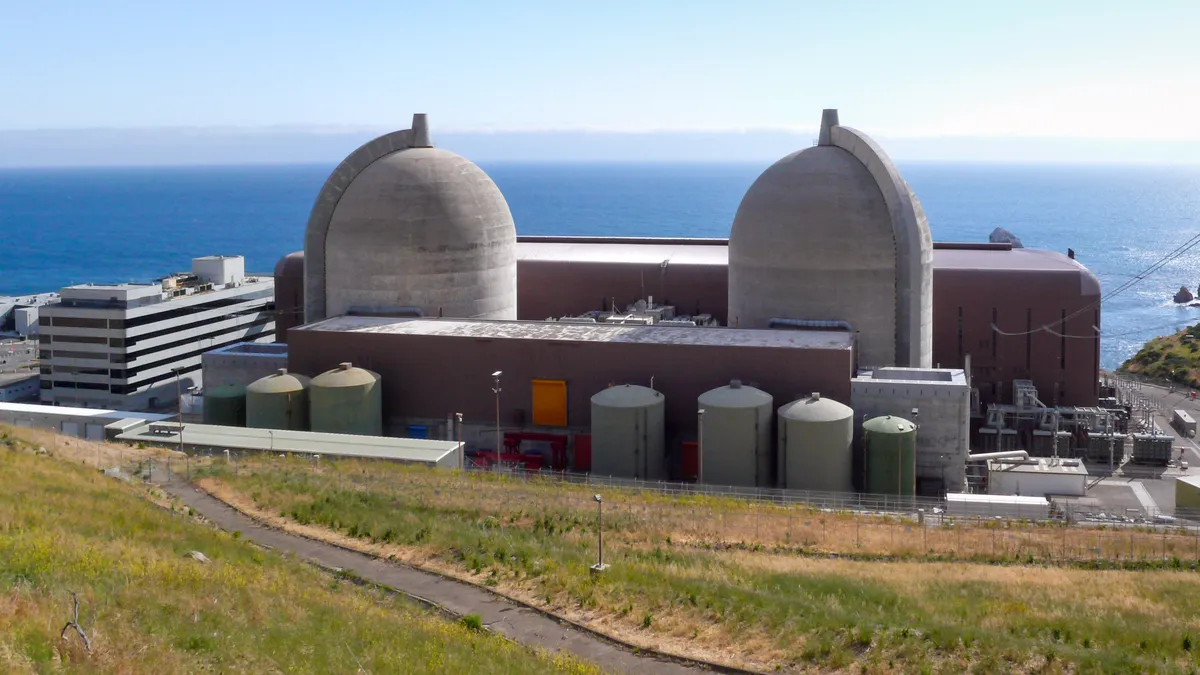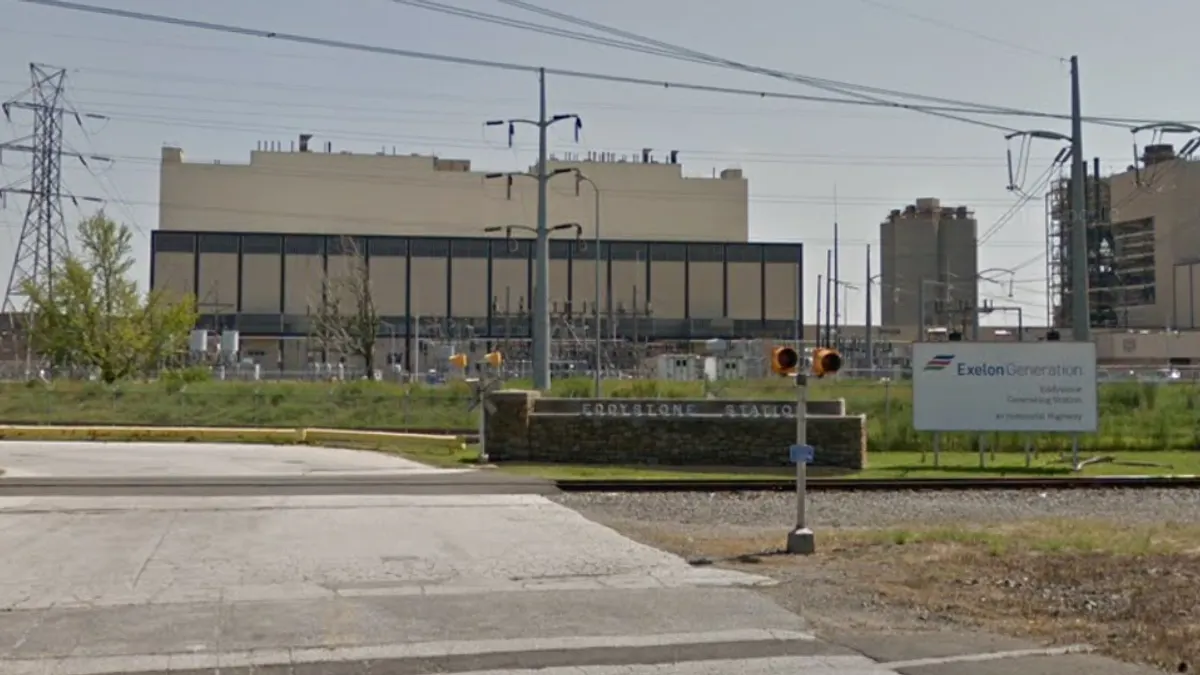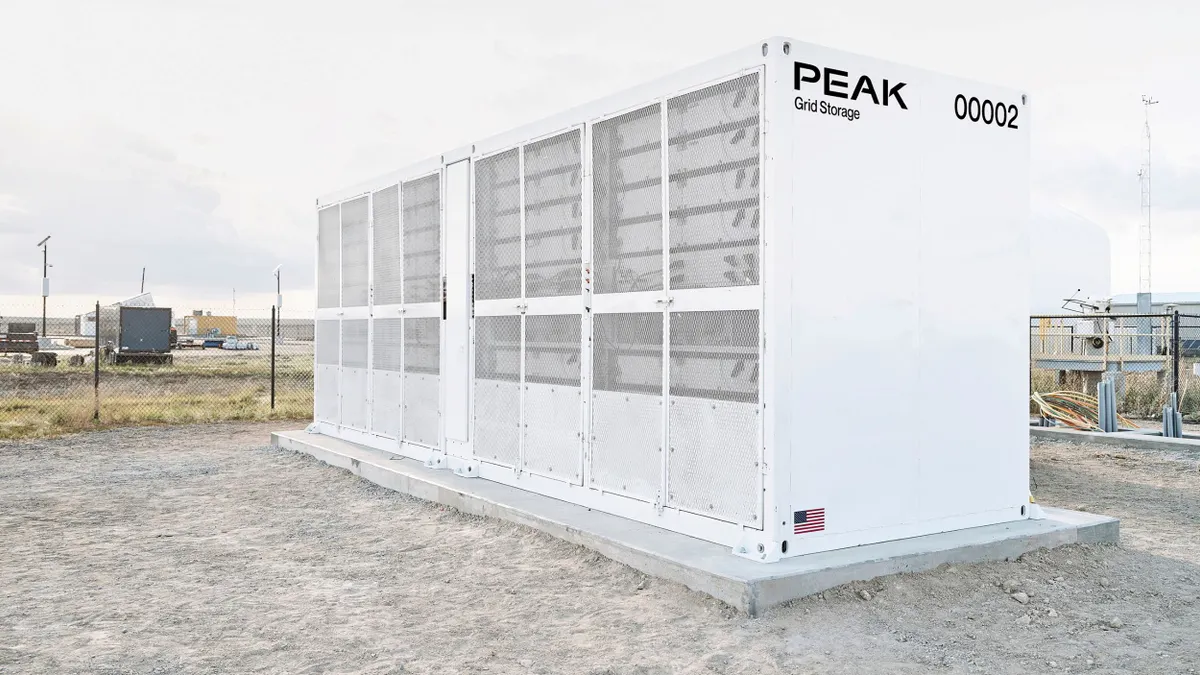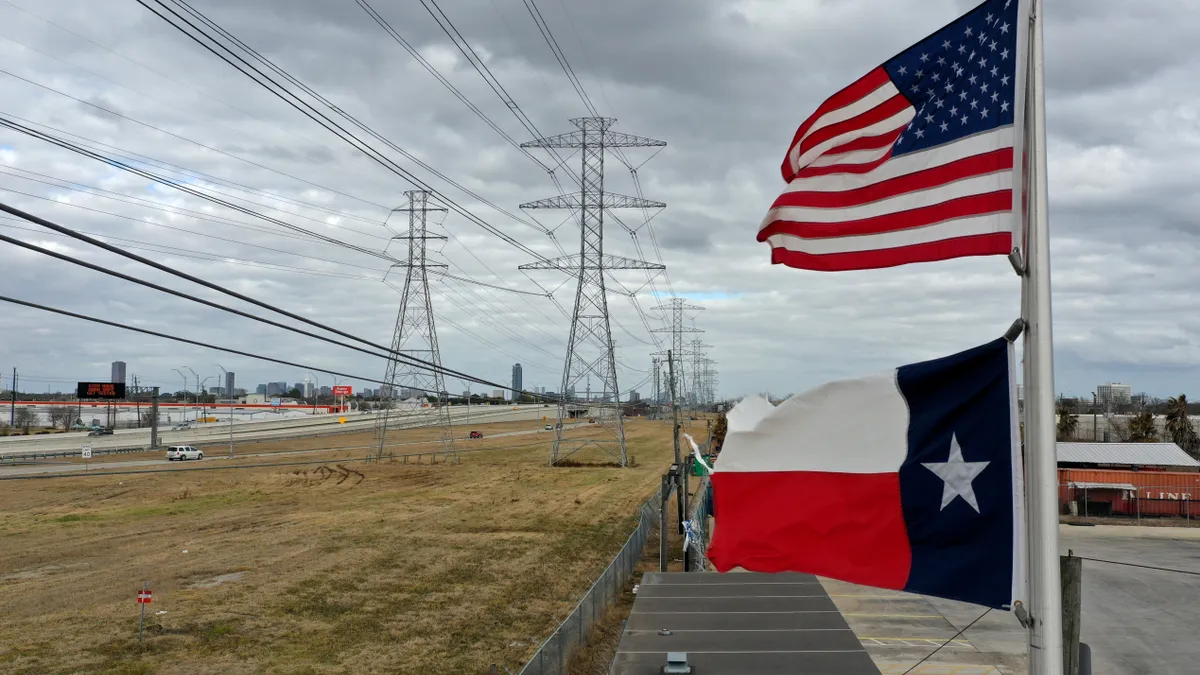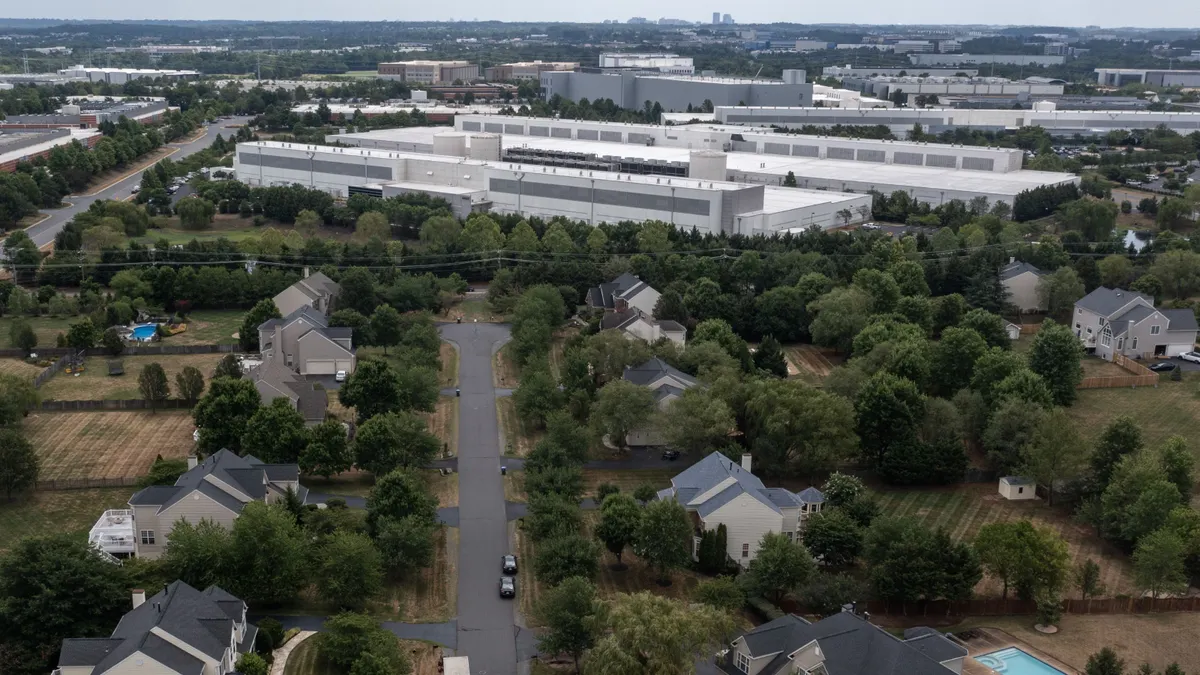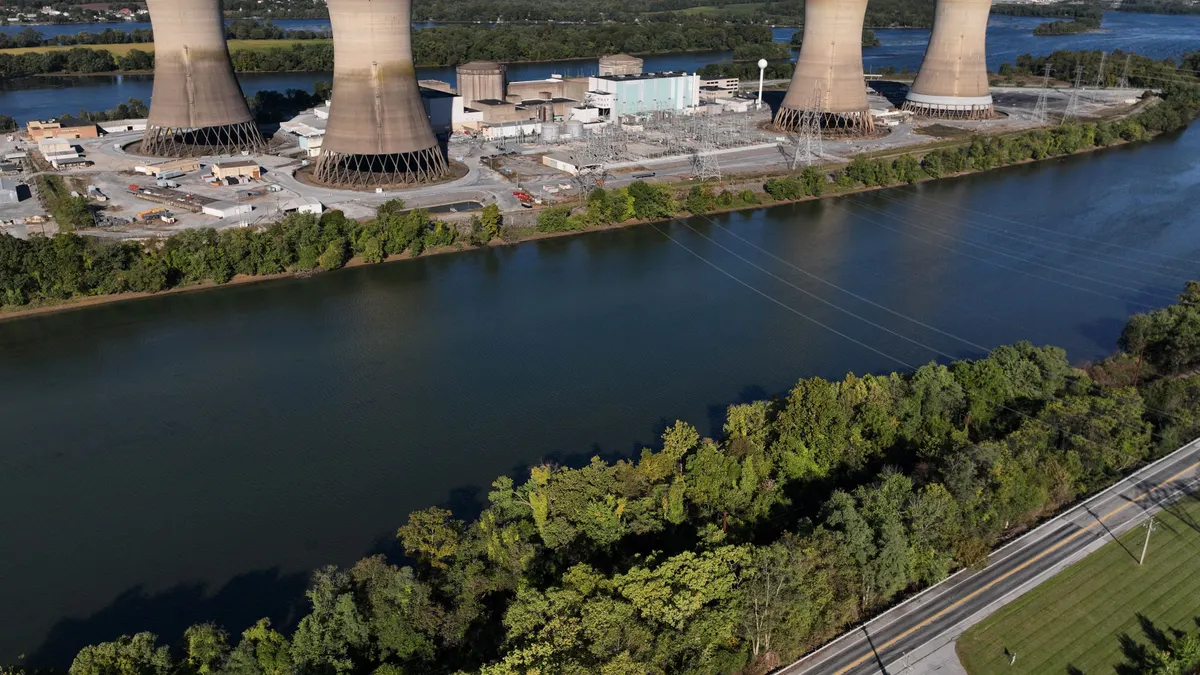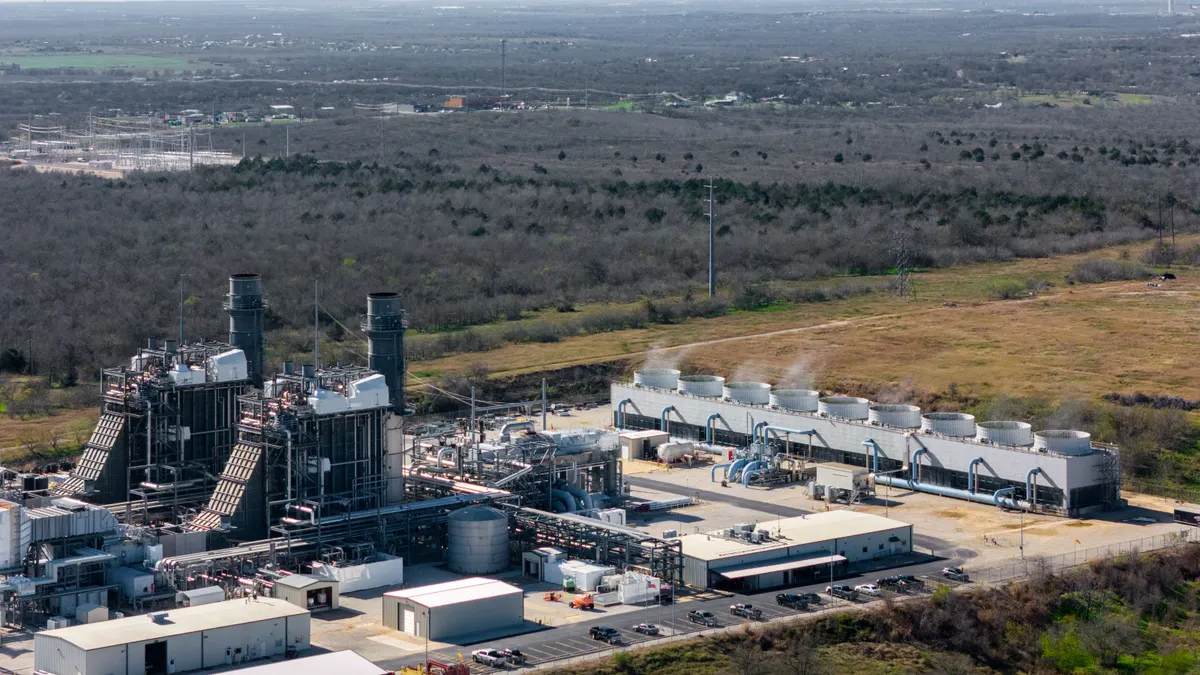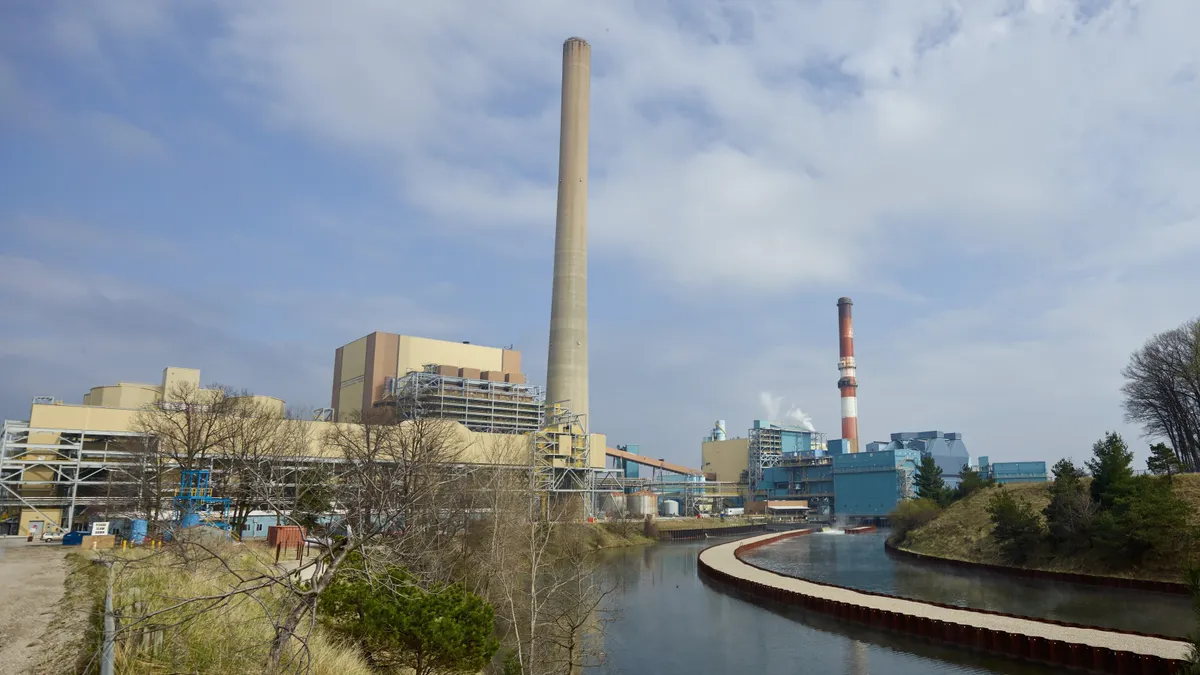Trey Lauderdale is the CEO of Atomic Canyon and Craig Piercy is the CEO of the American Nuclear Society.
Winning the AI race starts with unleashing advanced nuclear energy.
Every technological revolution has been powered by immense energy. Artificial intelligence is no exception.
AI’s future hinges on energy. As U.S. Energy Secretary Chris Wright put it: “The United States will win the global AI race — but first, we must unleash our energy dominance and restore American competitiveness.”
AI is already changing the way we live and work. It’s taking on the busywork — scheduling meetings and automating tasks — so we can focus on what really matters. Soon, AI won’t just assist us. It’ll be our personal secretary, booking our flights, managing our calendars and handling tedious admin work.
AI, though, is about more than convenience. AI is overhauling industries, accelerating breakthroughs in healthcare and science, optimizing manufacturing and improving infrastructure by detecting faults and preventing maintenance issues before they escalate.
AI’s success depends on high-performance computing power and access to steady, abundant energy. Data centers demand 24/7 electricity — every second of downtime costs millions. Yet AI models are growing at an unprecedented rate, pushing electricity demand beyond what our power grid can handle. By 2030, data centers could consume twice their current share, reaching 4% of global demand, Deloitte forecasts.
To stay ahead, America must secure a resilient, always-on and dispatchable power source — one immune to weather disruptions and pipeline constraints. Nuclear power is the only energy-dense source that checks all those boxes — providing constant, carbon-free and scalable electricity to sustain AI’s rapid growth.
Some argue that AI models will become more energy-efficient, tempering demand. But history says otherwise. Every time technology becomes more efficient, adoption surges. Efficiency gains didn’t slow the rise of personal computers in the 1980s or curb digital expansion — if anything, they accelerated both. AI will follow the same path, pushing electricity demand even higher.
Critics argue that AI development should be slowed or halted, fearing its disruptive impacts on society. While these concerns are valid, the AI race is already well underway. If it can't be stopped, the U.S. must lead in developing AI as a tool for progress and innovation.
DeepSeek, China’s AI breakthrough, rattled global markets by revealing Beijing's AI capabilities. If left unchallenged, China could surpass the U.S. in everything. America cannot afford to find itself one day reliant on Chinese-controlled data centers, AI models, or infrastructure.
AI and nuclear complement each other. AI makes nuclear safer, more efficient and affordable, while nuclear provides the energy AI needs to thrive.
AI is already revolutionizing nuclear operations. Each reactor generates billions of pages of operational data. AI can digitize and analyze these archives, streamlining regulatory compliance, optimizing fuel cycles and enhancing safety through predictive maintenance.
At California’s Diablo Canyon nuclear power plant, AI is already in action: streamlining document search and retrieval, reducing the time required to access critical information and boosting operational efficiency. This marks the first commercial use of generative AI at a U.S. nuclear power plant.
Meanwhile, private industry is collaborating with the U.S. Department of Energy's national laboratories to develop open-source AI models capable of interpreting complex nuclear terminology with unmatched precision. These efforts are setting new benchmarks in nuclear data analysis, giving operators with faster and more accurate access to critical insights.
Even the U.S. Nuclear Regulatory Commission stands to benefit from AI-driven tools. Right now, licensing approvals for new nuclear projects are slowed by fragmented, paper-based systems. AI could streamline these processes by digitizing regulatory records, enhancing their searchability, reducing bureaucratic bottlenecks and accelerating the deployment of advanced reactors.
Nuclear developers and operators, alike, can use AI-driven simulations to improve reactor designs, predict reactor performance, adjust power output in real-time and maximize efficiency. These innovations will lower costs and extend reactor lifespans.
The path forward is clear:
First, ensure rapid deployment of advanced reactors — starting with sustained federal support for the Trump administration’s Advanced Reactor Demonstration Program, matched dollar-for-dollar by industry.
Second, prioritize AI-driven nuclear innovation. America must lead in advanced reactor designs, outcompeting rivals.
Third, recognize nuclear energy as a national security asset, crucial for securing long-term prosperity and security in an increasingly divided and competitive world.
Both AI and nuclear are force multipliers — nations that master them will dominate the future. To win the AI race, we must first win the energy race. And that begins with nuclear.


